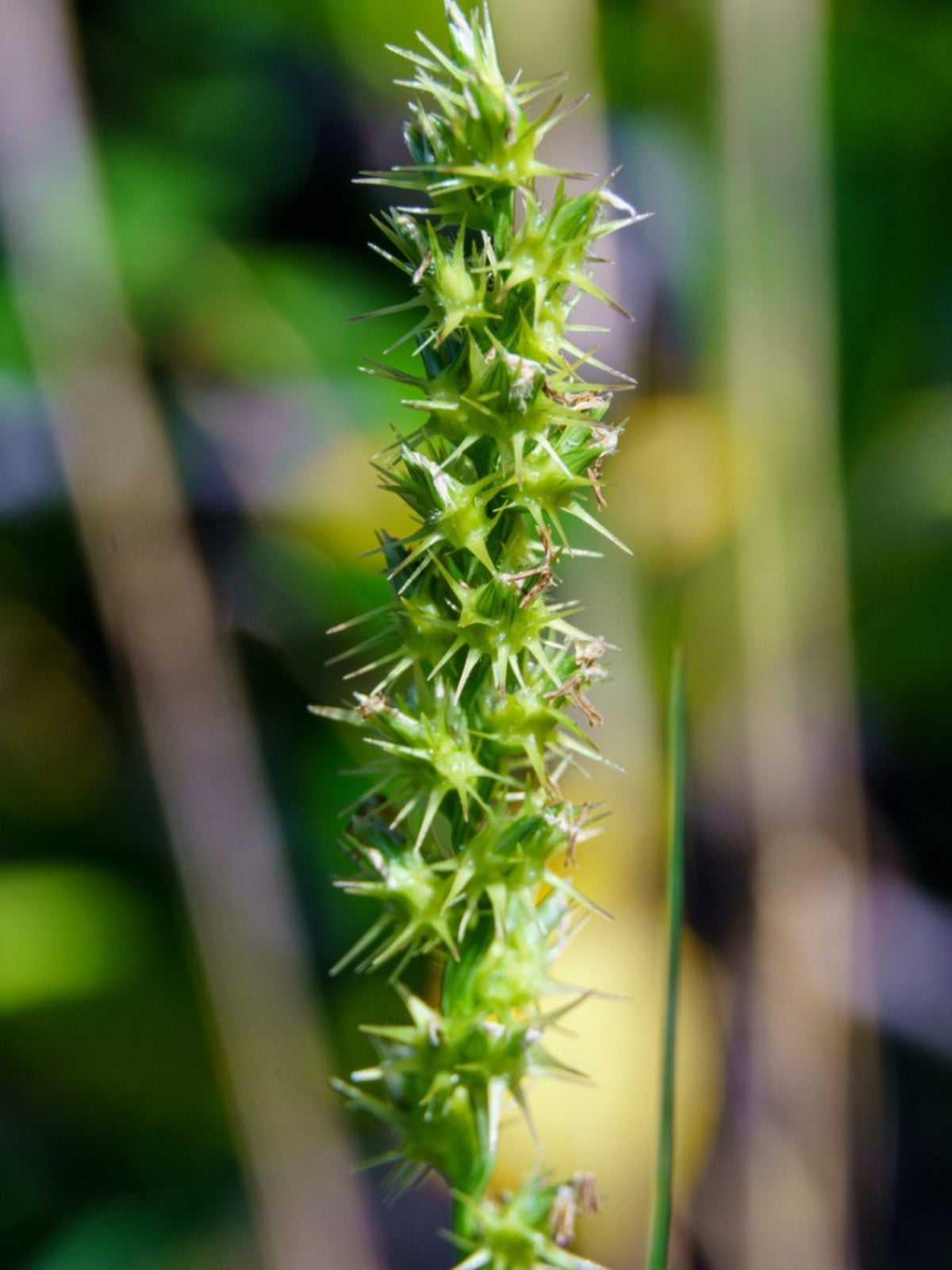Controlling Sandbur Weeds - Chemicals For Sandburs In Landscape


Pasturelands and lawns alike are host to many varieties of pesky weeds. One of the worst is sandbur. What is a sandbur weed? This plant is a common problem in dry, sandy soils and patchy lawns. It produces a seedpod that sticks to clothing, fur and unfortunately, skin. The painful burs are annoying and their hitchhiking activity spreads the weeds quickly. Good sandbur control and a well-maintained lawn can prevent the spread of the plant.
What is a Sandbur Weed?
The first step to sandbur control is recognizing your foe. Sandbur (Cenchrus spp.) is a grassy annual weed. There are a couple of different types, some of which may get 20 inches (50 cm.) high.
The common lawn pest is more likely a spreading carpet of flat blades with hairy ligules. The ends bear burs in August, which detach easily and carry seed. Sandbur is a light green color and blends easily with turf grasses. You may not even know you have it until the seed heads are evident.
How to Get Rid of Sandburs
This plant's tenacious burs make controlling sandbur a challenge. Mowing your lawn frequently helps prevent the plant from forming the seed heads. If you rake up debris after mowing a neglected lawn, you can collect much of the burs and prevent spreading.
A well-maintained and healthy lawn usually has no problems with sandbur control. Gardeners with patchy lawns will need to know how to get rid of sandburs. Often chemicals for sandburs are the only solution for frustrated gardeners.
Controlling Sandbur
You can try pulling the weed and mowing, but eventually sandbur will get the upper hand. Fertilize your lawn in fall to help it produce a thick mat to crowd out any sandbur seedlings in spring.
There are also pre-emergent herbicides that are applied in late winter to early spring depending on your zone. The best time to apply these is when soil temperatures are 52 degrees Fahrenheit (11 C.). These prevent the seeds from germinating and getting established.
Gardening tips, videos, info and more delivered right to your inbox!
Sign up for the Gardening Know How newsletter today and receive a free copy of our e-book "How to Grow Delicious Tomatoes".
Sandbur control relies upon good lawn maintenance, feeding and irrigation. However, chemicals for sandburs can help when the weed has gotten out of control.
Chemicals for Sandburs
Sandbur that is already growing requires a post-emergent herbicide for control. Post-emergence control is most effective when the plants are young and small. These are applied when ambient temperatures are at least 75 degrees Fahrenheit (23 C.). Products that contain DSMA or MSMA are most effective. MSMA cannot be used on St. Augustine or Centipede grasses.
The chemicals can be sprayed or used in granular form, but the latter will need to be watered in well. Liquid applications control better than granular or dry chemicals. Apply liquid sprays when the wind is calm to prevent chemical drift. Sandbur control with chemical applications will gradually diminish the appearance of the pest and over time you should be able to control it with general cultural methods.
Note: Any recommendations pertaining to the use of chemicals are for informational purposes only. Specific brand names or commercial products or services do not imply endorsement. Chemical control should only be used as a last resort, as organic approaches are safer and more environmentally friendly.

Bonnie Grant is a professional landscaper with a Certification in Urban Gardening. She has been gardening and writing for 15 years. A former professional chef, she has a passion for edible landscaping.
-
 Looking For Plants To Give You The Soft And Fuzzies? Try These 5 Fuzzy Leaf Plant Options
Looking For Plants To Give You The Soft And Fuzzies? Try These 5 Fuzzy Leaf Plant OptionsLovers of texture, drama, silver foliage and tactile plants will adore these special sensory garden additions. These fuzzy leaf plant options will leave you all aglow
By Susan Albert
-
 Get Ready For A Summer Of Hummers! Grow These Full Sun Hummingbird Plants and Flowers
Get Ready For A Summer Of Hummers! Grow These Full Sun Hummingbird Plants and FlowersIf you’re lucky enough to enjoy a sunny backyard, make sure you are maxing out on your pollinator opportunities and grow these full sun hummingbird plants and flowers
By Tonya Barnett